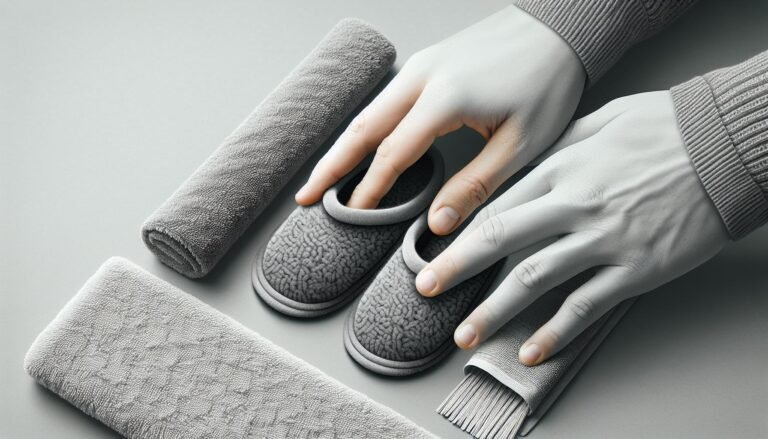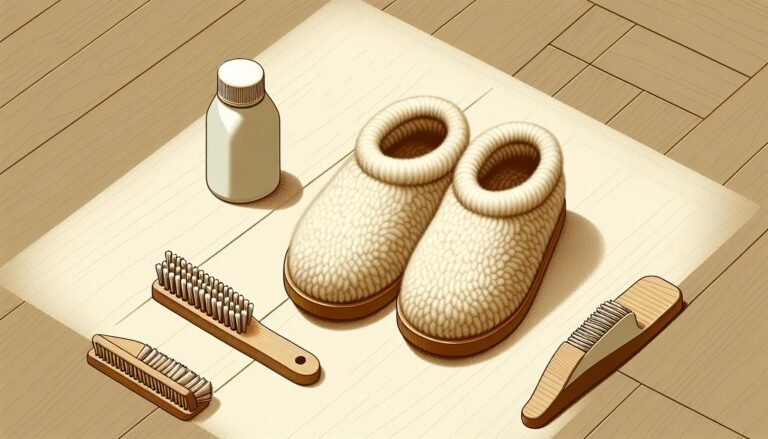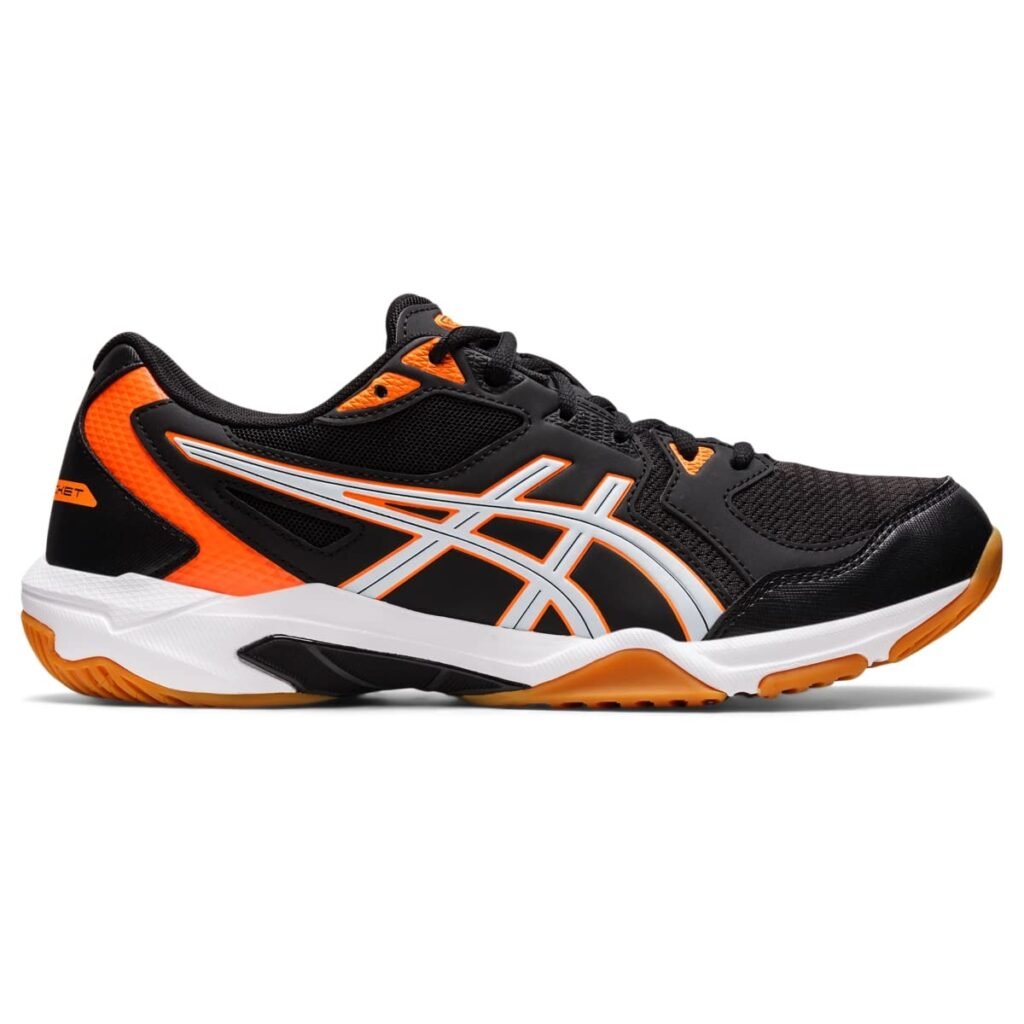The Science Behind Comfortable Heels: Enhancing Support and Reducing Fatigue
When it comes to footwear, finding comfort in heels is often deemed a challenging task. However, understanding the key elements that contribute to the comfort of heels can make a significant difference in how they feel on your feet. From cushioned insoles to sturdy heel construction, several factors play a crucial role in ensuring that wearing heels doesn’t have to mean sacrificing comfort. By delving into the design and materials used in crafting heels, one can uncover the secrets to a more comfortable wearing experience. Whether you’re navigating a busy day at work or attending a special event, knowing what makes heels comfortable can help you stride confidently and pain-free.
Key Takeaways
- Comfortable heels prioritize ergonomics for optimal foot support and weight distribution.
- Cushioned insoles and sturdy heel construction are essential features for comfort.
- Quality materials like leather and flexible materials contribute to overall comfort.
- Heel height, toe box width, and arch support are crucial factors to consider for comfortable heels.
- Adequate cushioning, arch support, and stability play a significant role in enhancing comfort.
- Breaking in new heels gradually and alternating footwear with different heel heights are best practices for maintaining foot health and comfort.
Understanding Heel Comfort
The Science Behind Comfortable Heels
Comfortable heels are engineered with ergonomics in mind to ensure optimal foot support and weight distribution. Podiatrists and footwear experts design heels that consider the biomechanics of walking, incorporating features like arch support and proper cushioning to reduce pressure on the feet. By aligning the foot correctly and providing adequate shock absorption, these heels minimize discomfort and foot fatigue even after extended wear.
- Cushioned Insoles: High-quality heels often come with cushioned insoles that offer additional padding for the balls of the feet and heels. This feature reduces impact and provides extra comfort during prolonged standing or walking.
- Sturdy Heel Construction: The stability of a heel is crucial for comfort. Heels with a broad base or a block heel provide better balance and support, reducing strain on the ankles and minimizing the risk of tripping or spraining.
- Optimal Design: Comfortable heels are designed with the wearer’s comfort in mind. Factors such as heel height, toe box width, and ankle straps are carefully considered to prevent rubbing, blisters, and other discomforts often associated with wearing heels.
- Quality Materials: The materials used in crafting heels play a significant role in comfort. Breathable materials like leather allow for better airflow, reducing perspiration and potential odors. Flexible materials ensure that the shoe moves with the foot, preventing stiffness and discomfort.
By prioritizing these key features in heel design, individuals can enjoy both style and comfort, making it easier to stay on their feet throughout the day without sacrificing their well-being.
Anatomy of a Comfortable Heel

Heel Height and Comfort Correlation
Comfort in heels is intricately linked to the height of the heel. Lower heels, such as kitten heels or wedges, distribute weight more evenly across the foot, reducing strain on the arch and ball of the foot. Opting for heels with a modest height of around 1-2 inches can help in maintaining balance and stability while walking, minimizing the chances of discomfort or pain associated with higher heels.
The Importance of Toe Box Space
The toe box space plays a crucial role in the comfort of heels. Ample room for the toes to wiggle and move freely can prevent issues like cramping, blisters, and bunions. Shoes with a wider toe box allow for natural toe splay, enhancing overall comfort and reducing pressure on the toes. Prioritizing shoes with adequate toe box space ensures that the toes are not cramped or squeezed, promoting a more comfortable wearing experience.
Cushioning and Support Essentials
Cushioning and support are essential elements for comfortable heels. Shoes with cushioned insoles provide added comfort and shock absorption, reducing impact on the feet during walking or standing for extended periods. Additionally, adequate arch support helps in maintaining the foot’s natural alignment and reducing strain on the arches. Opt for heels that offer sufficient cushioning and support to ensure stability, comfort, and proper foot alignment throughout the day.
Material Matters

Choosing the Right Fabric
Selecting the appropriate fabric for heel construction is crucial for comfort. Opt for materials like soft leather or suede that offer flexibility and allow for natural foot movement. These materials also help in preventing friction and blisters, providing a more comfortable wearing experience. Additionally, breathable fabrics like mesh can enhance ventilation, reducing moisture build-up and keeping the feet dry and comfortable throughout the day.
The Role of Inner Lining
The inner lining of heels plays a significant role in comfort. Opt for heels with a soft and smooth inner lining to prevent irritation and chafing against the skin. Look for materials like soft microfiber or padded fabric lining that offer a plush feel and prevent rubbing or discomfort. A well-padded inner lining can also provide cushioning and support, enhancing overall comfort, especially during extended wear.
Design Innovations Enhancing Comfort

Importance of Arch Support
Optimizing arch support is crucial in ensuring comfortable heels. Proper arch support helps distribute weight evenly across the foot, reducing strain on the arch and heel. Heels with built-in arch support like contoured footbeds or memory foam enhance stability and minimize discomfort, making them ideal for extended wear. Opting for heels that prioritize arch support can significantly improve overall comfort.
The Stability of Heel Design
Stability in heel design plays a vital role in enhancing comfort. Features such as a wider base or a block heel provide better stability compared to stilettos, reducing the risk of ankle twisting and promoting a more secure stride. Additionally, heels with ankle straps or secure closures offer added stability, allowing for confident and comfortable movement. Selecting heels with a stable design can contribute to a more comfortable and secure wearing experience.
Sole Flexibility and Its Impact
Sole flexibility is a key factor in determining the comfort level of heels. Flexible soles allow for natural foot movement and adaptability, reducing foot fatigue and discomfort. Heels with flexible soles made from materials like rubber or certain types of plastics provide cushioning and support while allowing the foot to move freely. Opting for heels with flexible soles can enhance comfort by accommodating the foot’s natural contours and movements during wear.
The Best Practices for Wearing Heels

Breaking in New Heels
When breaking in new heels, it’s essential to start gradually. Begin by wearing them for short durations at home before committing to a full day out. This process allows the shoes to mold to the shape of the feet without causing discomfort. It’s advisable to wear thick socks while at home with the heels to stretch them slightly for a more custom fit.
Importance of Alternating Footwear
Alternating footwear is crucial, as it helps prevent foot strain and muscle fatigue. By switching between different heel heights and shoe styles, individuals can reduce the repetitive stress on specific foot areas. Additionally, varying footwear provides a chance for the feet to rest and recover from prolonged heel wear. It’s recommended to rotate between heels with different arch support and cushioning to maintain foot health and overall comfort.
Comfortable heels are not just a fashion statement but a combination of thoughtful design and quality materials. By prioritizing features like arch support, cushioning, and sturdy construction, one can reduce foot pressure and fatigue. Innovations in heel design aim to enhance comfort and stability, while the flexibility of the sole plays a crucial role in preventing foot fatigue. Gradually breaking in new heels at home and alternating footwear are key practices to avoid foot strain and muscle fatigue. Remember, maintaining foot health and overall comfort is achievable by rotating between heels with different arch support and cushioning. With the right approach, wearing heels can be a comfortable experience without compromising style.
Frequently Asked Questions
How can I make my heels more comfortable to wear for a longer duration?
To make heels more comfortable, look for features like arch support, cushioning, and sturdy heel construction. Opt for cushioned insoles, well-designed shoes, and quality materials to reduce foot pressure and fatigue. Consider heels with design innovations that prioritize comfort, adequate arch support for stability, and flexible soles to minimize foot strain.
How can I break in new heels without causing discomfort?
Break in new heels gradually at home by wearing them for short periods to allow the shoes to conform to your feet. Alternate between new heels and comfortable shoes to prevent foot strain and muscle fatigue. Gradually increase the duration of wear as the shoes become more comfortable. Rotating between heels with different arch support and cushioning can help maintain foot health and overall comfort.













Wow nice argicle
Thanks